Deep Multi-Gait Recognition
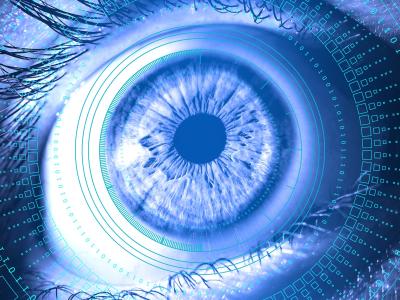
- Citation Author(s):
-
Xin Chen (South China Agricultural University)
- Submitted by:
- Xin Chen
- Last updated:
- DOI:
- 10.21227/rbbt-yw58
 94 views
94 views
- Categories:
- Keywords:
Abstract
Multi-gait recognition aims to identify persons by their walking styles when walking with other people. A person's gait easily changes a lot when walking with other people. The changes caused by walking with other people are different when walking with different persons, which brings great challenges to high-accuracy multi-gait recognition. Existing multi-gait recognition methods extract hand-crafted multi-gait features. Due to limit of multi-gait sample size and quality, there have not appeared multi-gait recognition methods based on deep learning. In this paper, we construct a multi-gait dataset, defined as MultiGait2, containing 300 subjects and more than 28,800 sequences. We also sufficiently evaluate existing state-of-the-art deep gait recognition models on our proposed MultiGait2. To reduce the influence of severe occlusion, we propose an irregular multi-gait frame detection and recovery method based on conditional variational autoencoder. The experimental results demonstrate that deep multi-gait features present different distribution regularities with deep single-gait features. Existing deep gait recognition models present obvious performance decrease on multi-gait data. Our proposed multi-gait frame recovery method can improve multi-gait recognition performances.
Instructions:
We have packed the documentation files and readme files into an unified zip file.



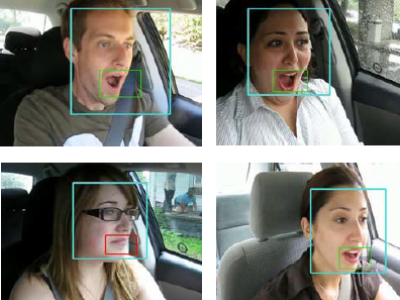
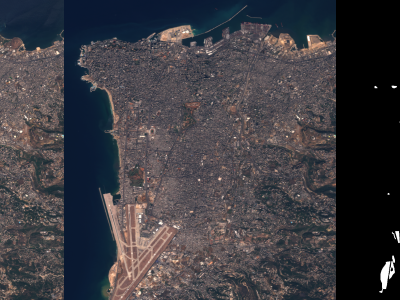

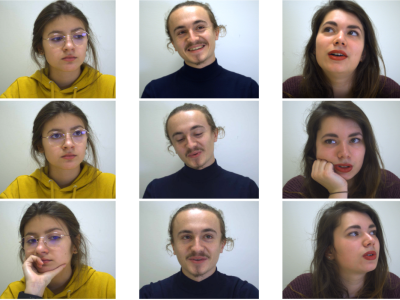
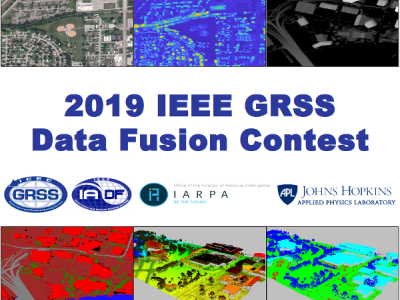

yes